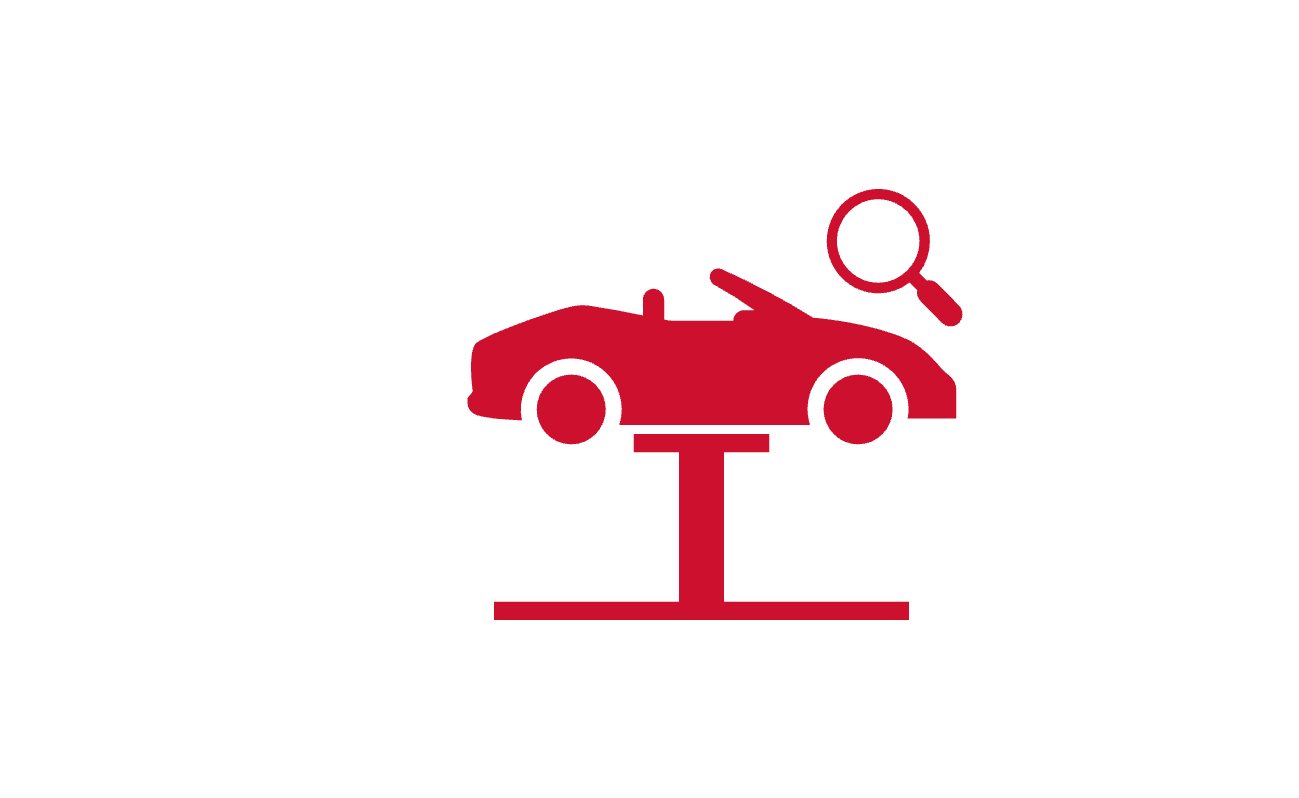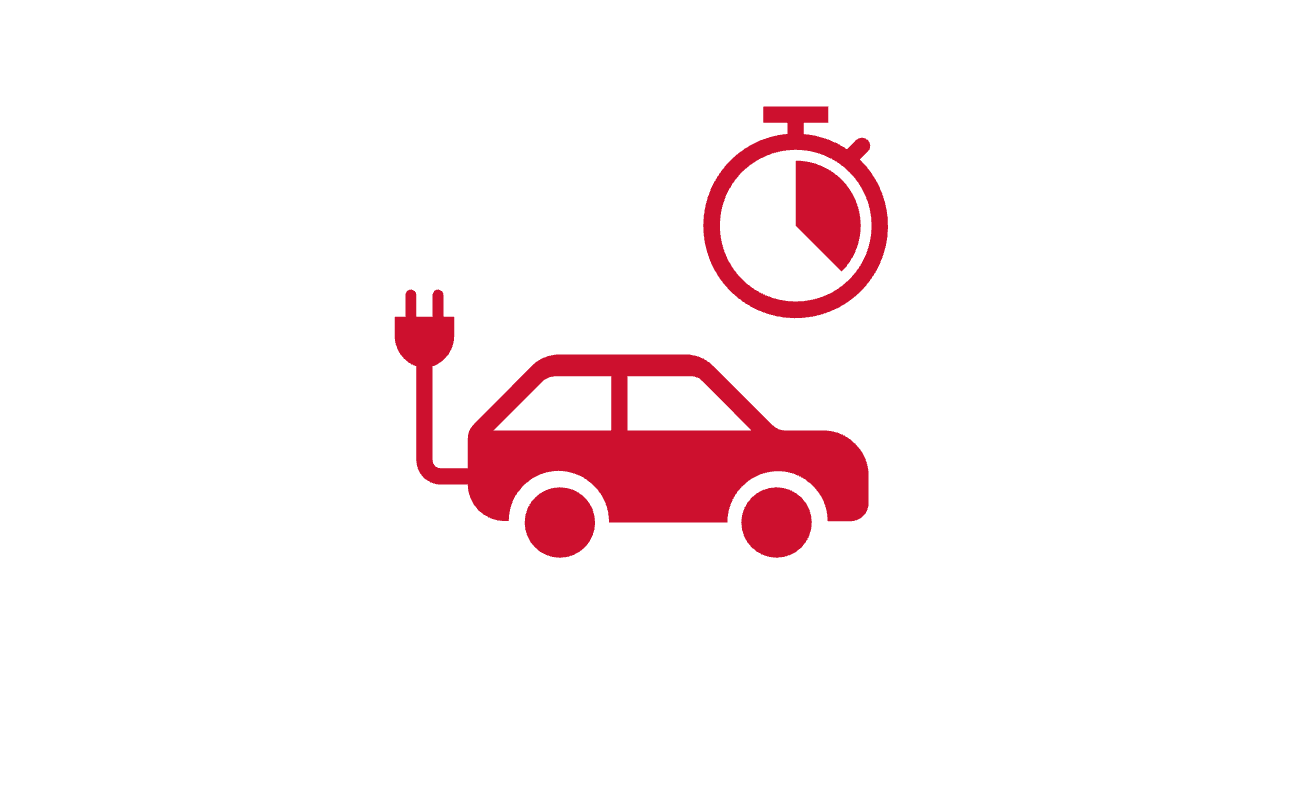How we calculate the range
The range is the quotient of the available capacity of the battery and the power consumption. Electricity consumption is primarily dependent on driving speed. According to the international WLTP consumption measurement method, an average of 46.5 km/h is calculated. Driving faster or slower on average shortens or extends the range.
In addition to the travel speed, the individual driving style also affects the range. Allegedly “sporty” acceleration drives up consumption. Relaxed, anticipatory driving, on the other hand, saves electricity. Experience shows that hectic driving reduces the operating range by at least ten percent compared with the WLTP value, while wise foresight extends it by up to five percent.
The outside temperature also influences battery performance. If you demand full power from the drive battery even in summer heat, you shorten its service life. Added to this is the power consumption of the automatic climate control system. The colder the weather, the less power the battery delivers. If you also switch on the heating, the range quickly drops to two-thirds of the WLTP value. The battery is also cooled or heated as needed to keep the operating temperature in the green zone.
The calculated range cannot be used to predict an exact, realistic range, but it does a good job of giving a sense of the factors on range and differences among e-vehicles.






